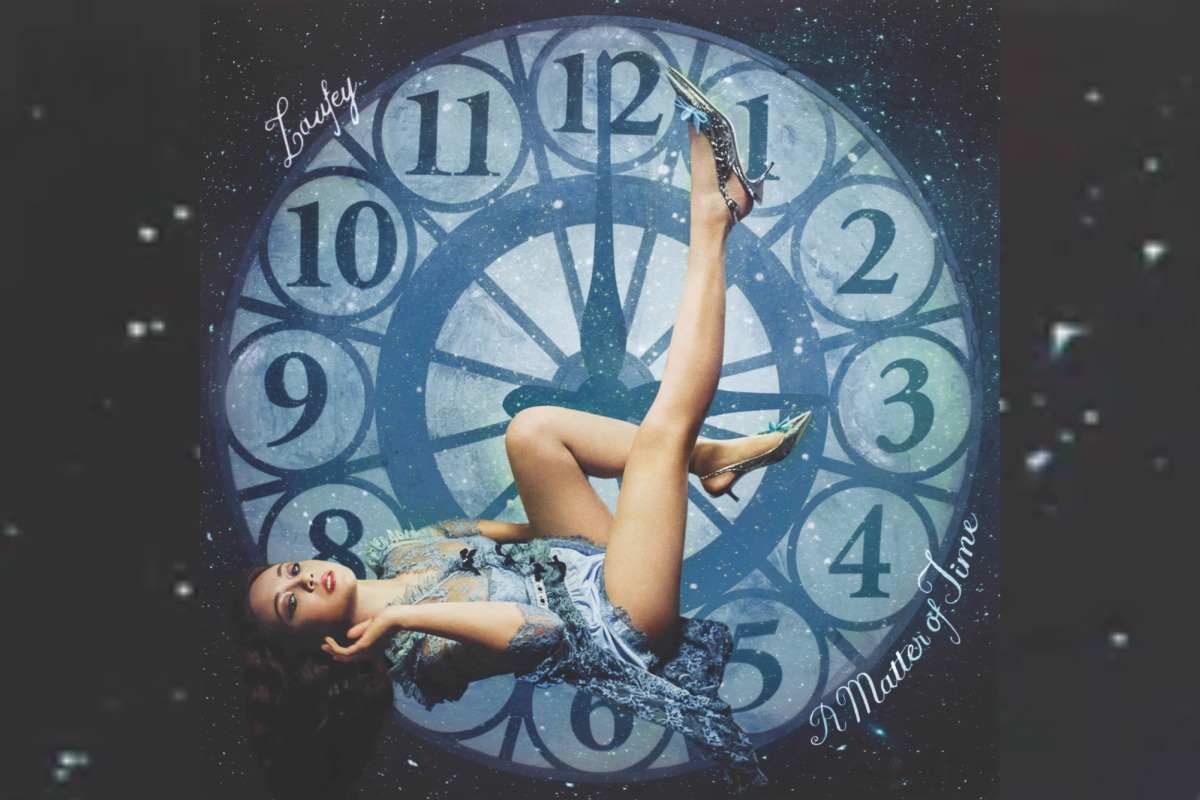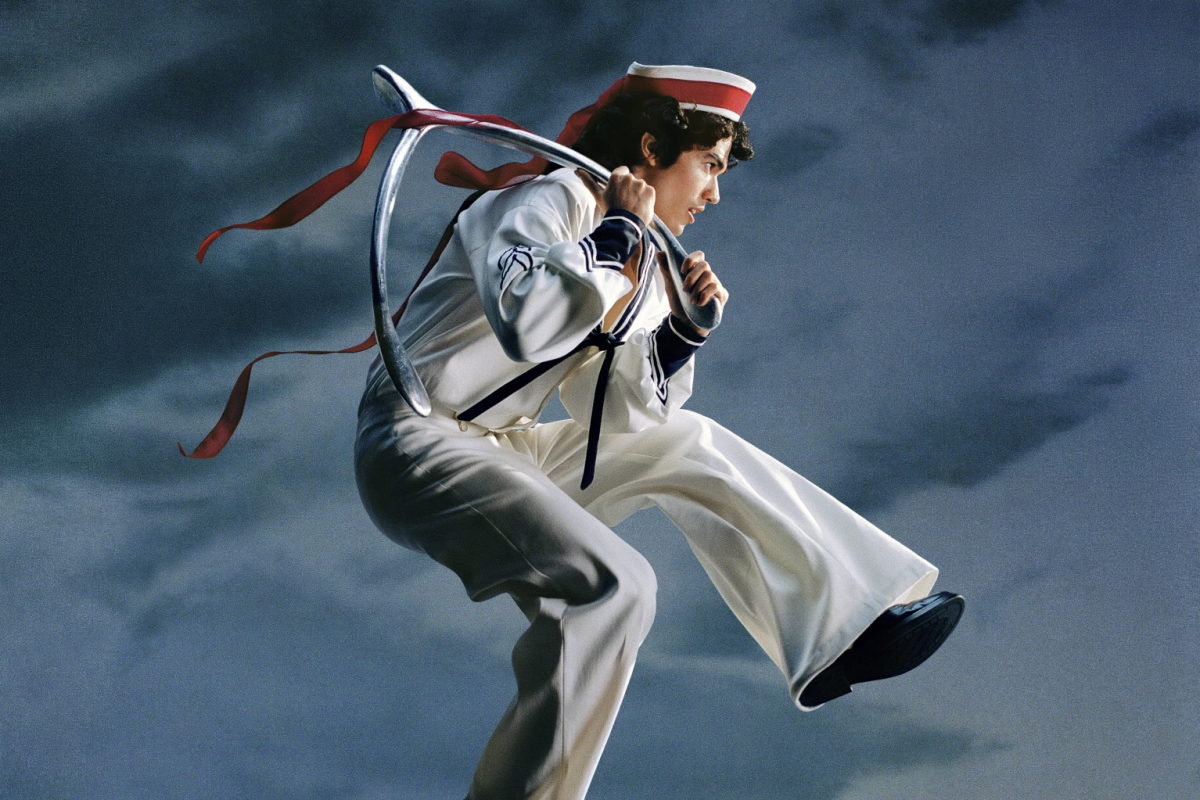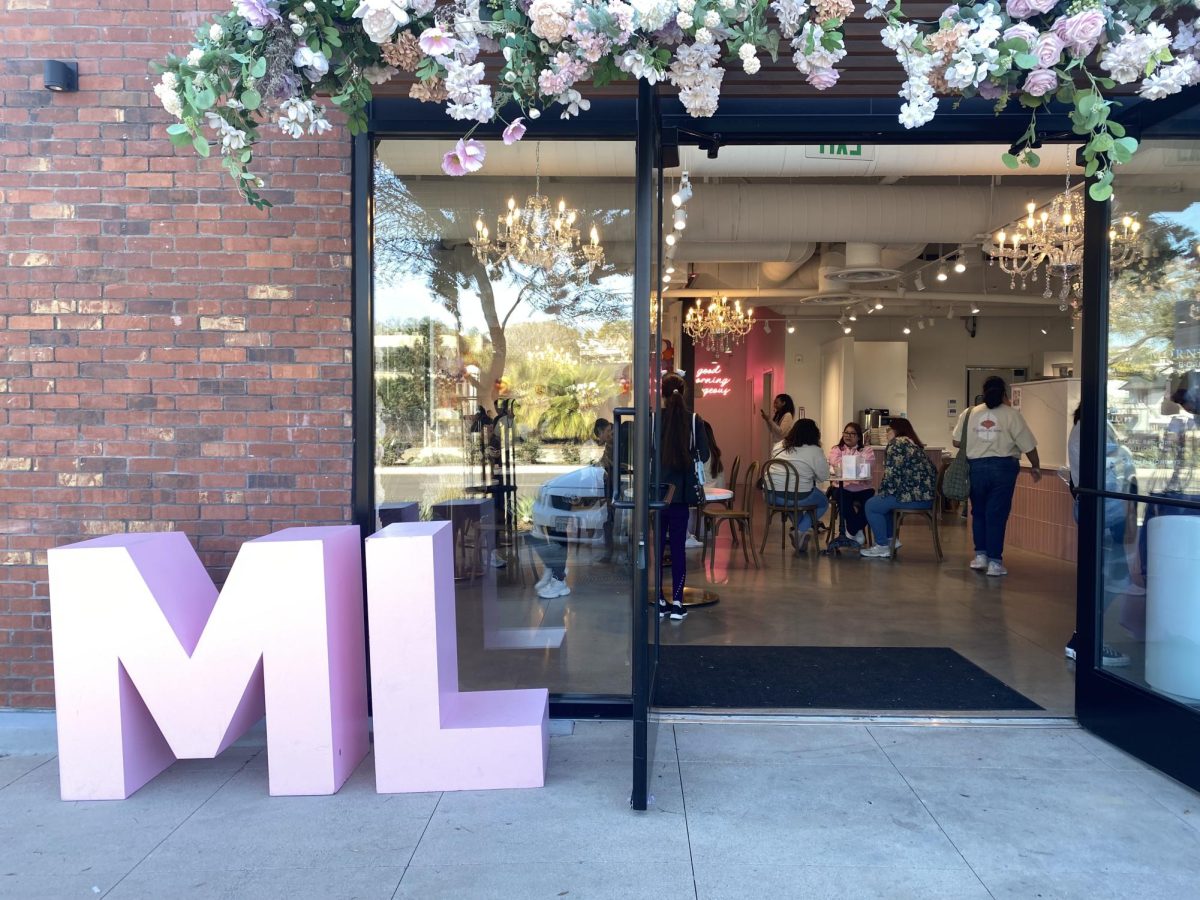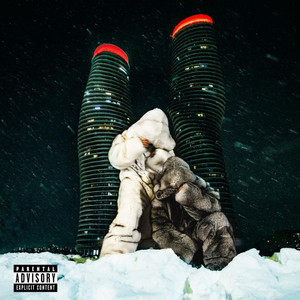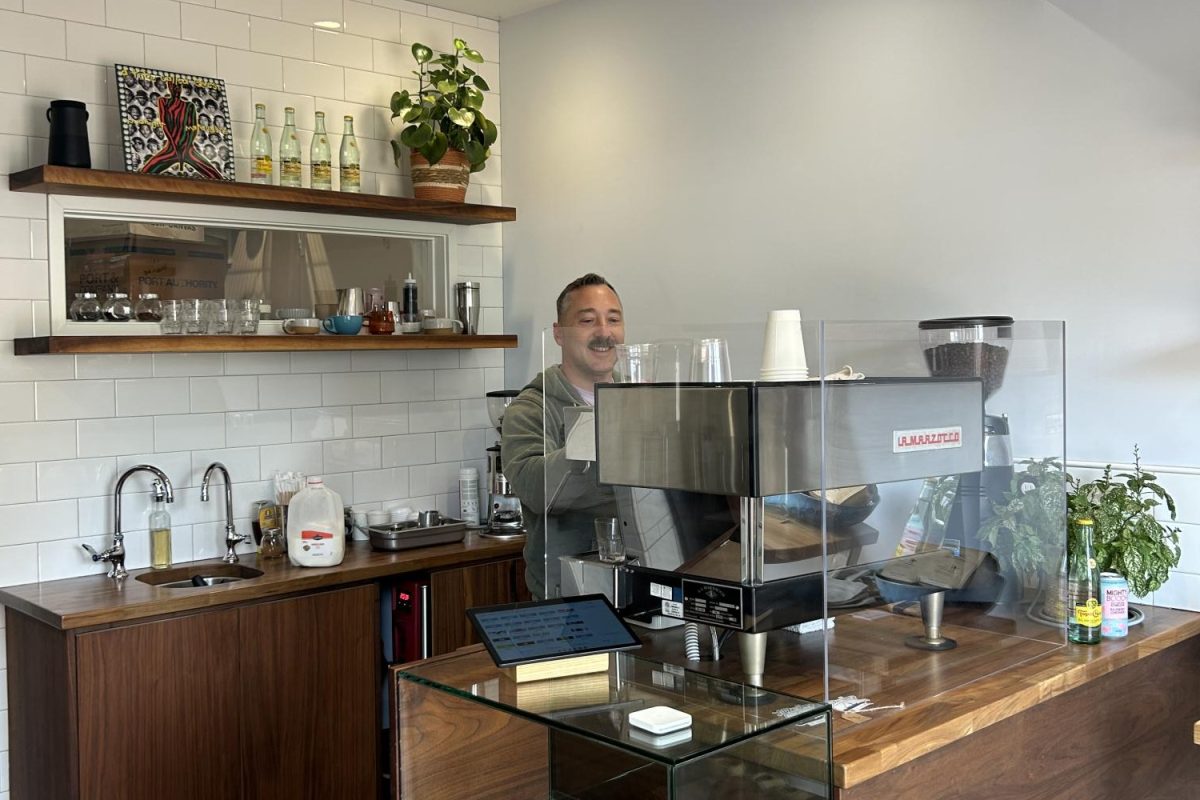“Too loud, too reckless, too ghetto,” Samuel L. Jackson, playing Uncle Sam, said on Sunday during Kendrick Lamar’s Super Bowl LIX halftime performance. He continued, “Mr. Lamar, do you really know how to play the game?”
Kendrick Lamar’s performance sparked controversy for its unapologetic celebration of Black culture, and the false expectations society places on it. Lamar’s 13-minute performance served as a message to the current “Mr. America” (President Donald Trump), drawing parallels to the original “Mr. America” (Uncle Sam).
This was the first Super Bowl with a president in attendance, adding historical significance in correspondence to the current political climate. To further the rest of the issues circulating, they took down the “End Racism” banner at the end zone. Lamar’s halftime underscored the ongoing push for activism and societal change. Lamar takes a jab at President Trump’s opposition to Diversity Equity and Inclusion agendas, using Uncle Sam to demonstrate the distorted perception of Black culture in America. Broadly speaking, the performance represented Kendrick’s refusal to conform to expectations imposed on him.
Following Kendrick’s performance, some accused him of using the moment to escalate his beef with Drake. The diss even included Drake’s ex, Serena Williams, dancing on stage and added lyrics such as, “You know they like to sue.”
Williams, a Compton native and advocate for Black activism, faced criticism for performing a Crip-Walk celebration dance at the 2012 Olympics. Williams’ presence at the halftime show reinforced the performance’s criticism of the message of media censorship and its impact on Black artists. As anti-woke agendas tried to center this performance, Williams did it again to make a statement of defiance.
Unsurprisingly, Lamar included “Not Like Us,” given its popularity and Grammy recognition. The five-time Grammy-winning track was bound to be played at the artist’s big performance, despite the media speculation of its inclusion in Lamar’s set.
The expectations were heightened when SZA was announced to join Lamar on stage. SZA is widely regarded by media as a well-liked and versatile artist — which not to say she isn’t — but her inclusion in the show was deliberate, a part of Lamar’s scheme. During the show, Lamar and SZAs collaboration were more calm, such as “All the Stars,” and “luther,” while Lamar’s solo performances of “HUMBLE.” and “DNA” were perceived as “loud” and “ghetto,” as Samuel L. Jackson described them. Lamar deliberately set expectations for his show that veered away from the typical fan-oriented halftime show, with stars like Rihanna flying around the room, pregnant, or Katy Perry and her lion.
The scene at which all of this took place was perfectly curated, at one of the most traditionally American events to take place. With Super Bowl LIX drawing 126 million viewers, Lamar’s performance reached a large audience.
During the Super Bowl LIX halftime show, Lamar defied societal norms for Black rappers, rewriting the rules and setting a new standard with the help of special guest SZA.


